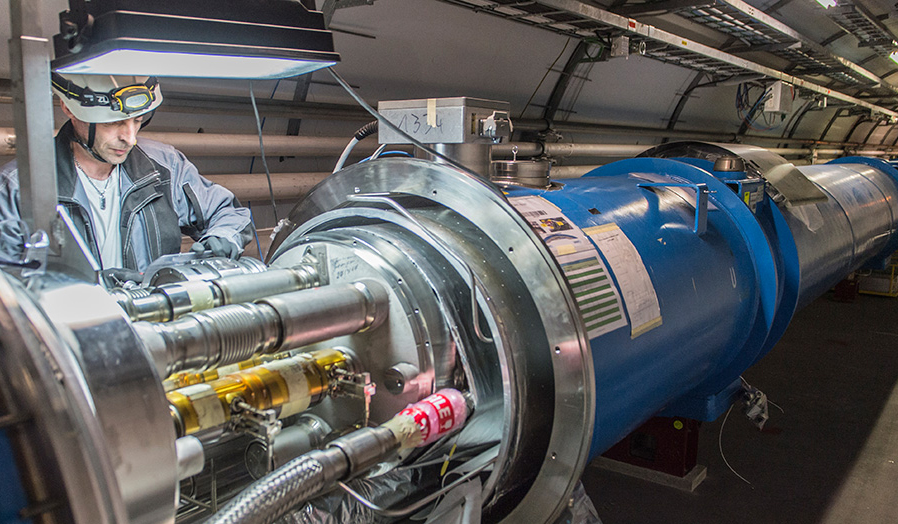 After a two-year break, the LHC, the super particle accelerator of CERN in Geneva, is giving end to the last check before launching its second period of activity, the Run 2, thus restarting its research. Even more powerful, it will achieve energy levels hitherto never explored by physicists in the laboratory. The machine was switched off on 14 February, 2013 to enable work to be carried out that has led to its increase in performance. With a slight delay due to a technical accident occurred in a connection between a magnet and its diode, Run 2 is about to begin. Thus, shortly, the first proton beams will be injected into the 27-kilometre ring of the particle accelerator, while the first particle collisions are expected in the next months. In the enhanced version, the LHC will operate with almost double the energy of its predecessor, reaching 13 TeV at the point of particle collision. This will allow physicists to look for signs of physics beyond the Standard Model, the theory that today represents our best description of nature, of elementary particles and their interactions. It will also be an opportunity to verify theories that in the first stage were impossible to test, from dark matter, to super-symmetry and extra dimensions.
After a two-year break, the LHC, the super particle accelerator of CERN in Geneva, is giving end to the last check before launching its second period of activity, the Run 2, thus restarting its research. Even more powerful, it will achieve energy levels hitherto never explored by physicists in the laboratory. The machine was switched off on 14 February, 2013 to enable work to be carried out that has led to its increase in performance. With a slight delay due to a technical accident occurred in a connection between a magnet and its diode, Run 2 is about to begin. Thus, shortly, the first proton beams will be injected into the 27-kilometre ring of the particle accelerator, while the first particle collisions are expected in the next months. In the enhanced version, the LHC will operate with almost double the energy of its predecessor, reaching 13 TeV at the point of particle collision. This will allow physicists to look for signs of physics beyond the Standard Model, the theory that today represents our best description of nature, of elementary particles and their interactions. It will also be an opportunity to verify theories that in the first stage were impossible to test, from dark matter, to super-symmetry and extra dimensions.
You might also be interested in

EuPRAXIA chooses ELI Beamlines as second site for laser-driven accelerator
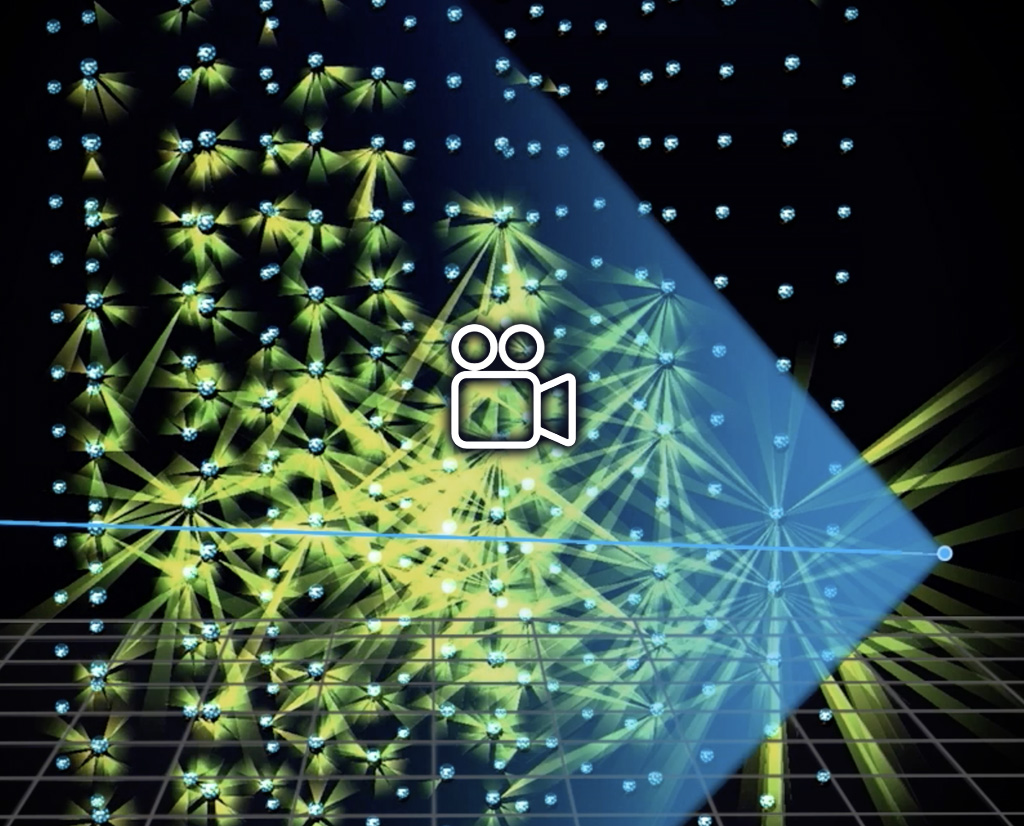
The record neutrino observed by KM3NeT
07 February 2025
Read more The record neutrino observed by KM3NeT
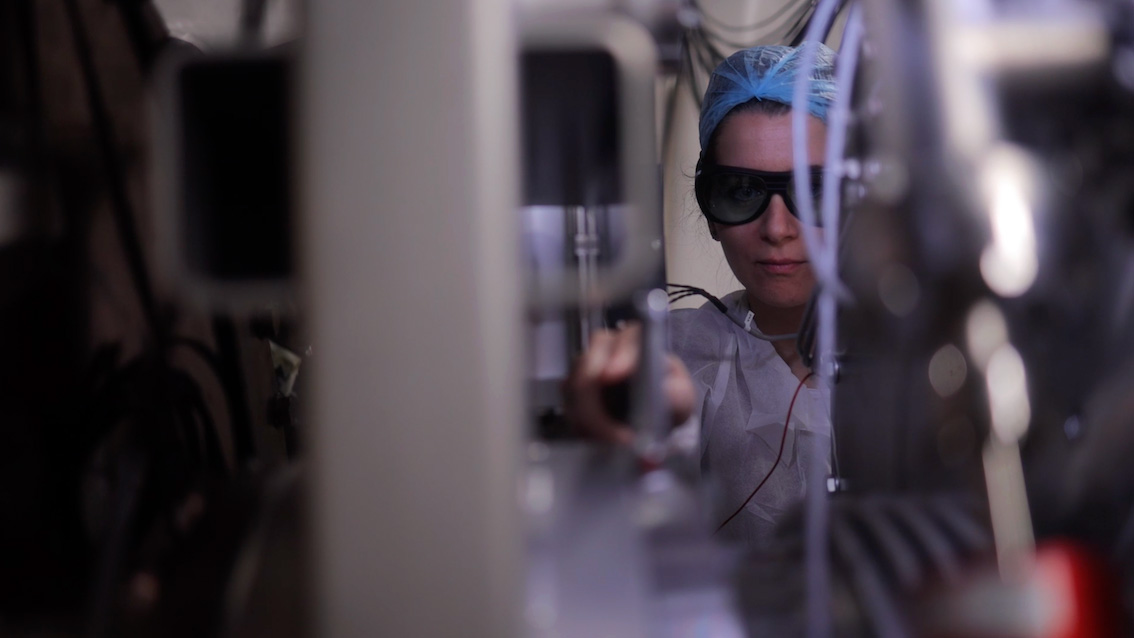
INFN celebrates the STEM WEEK and the International Day of Women and Girl in Science 2025
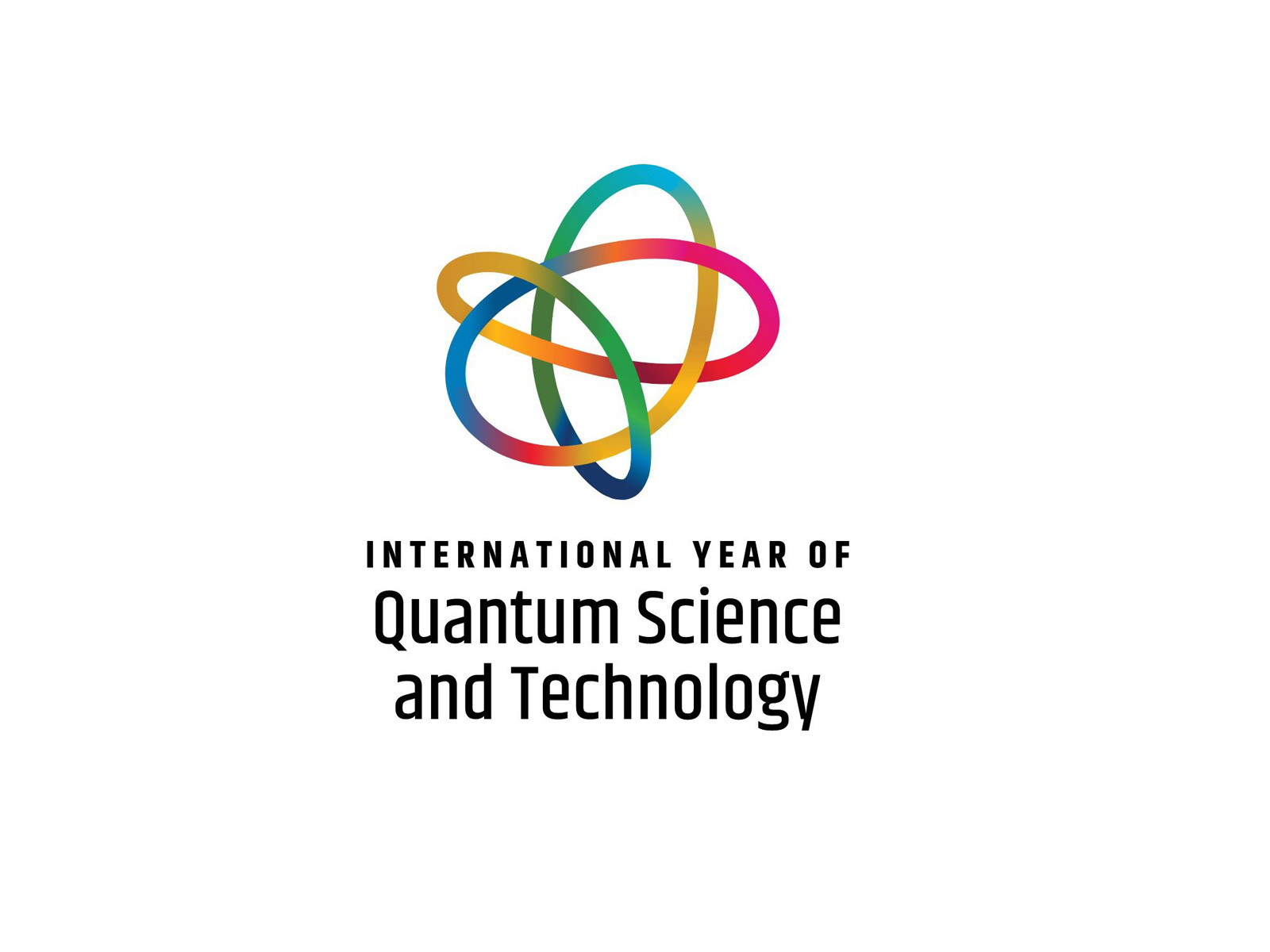
International Year of Quantum Science and Technology, 2025
03 February 2025
Read more International Year of Quantum Science and Technology, 2025
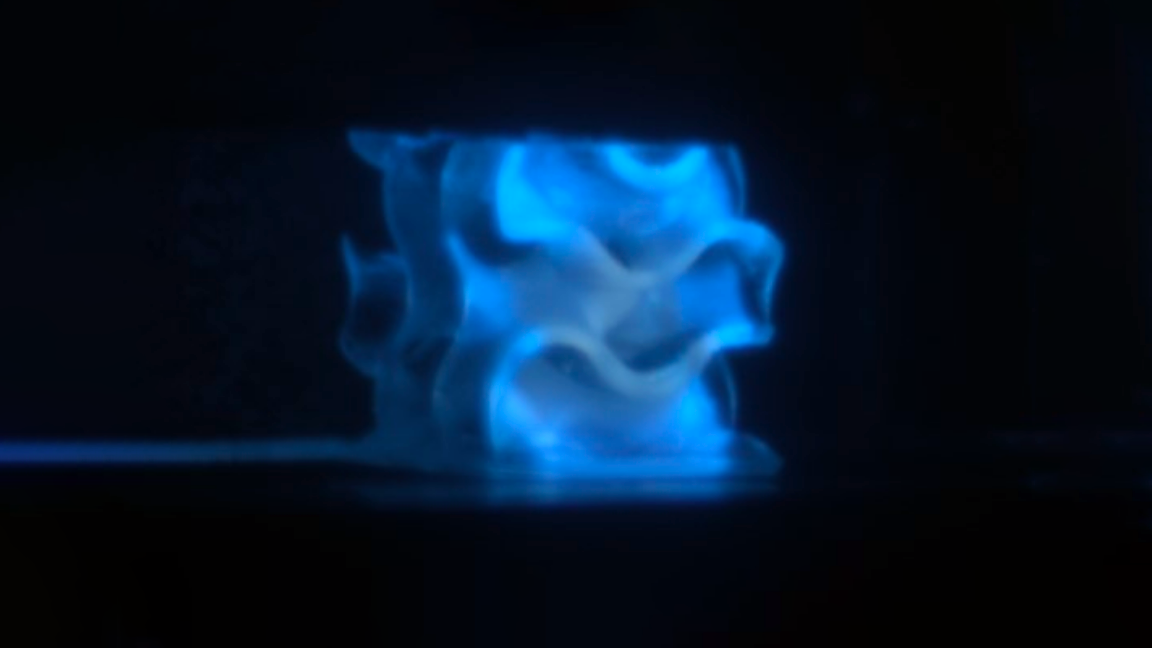
A new generation of plastic scintillators thanks to 3d printing
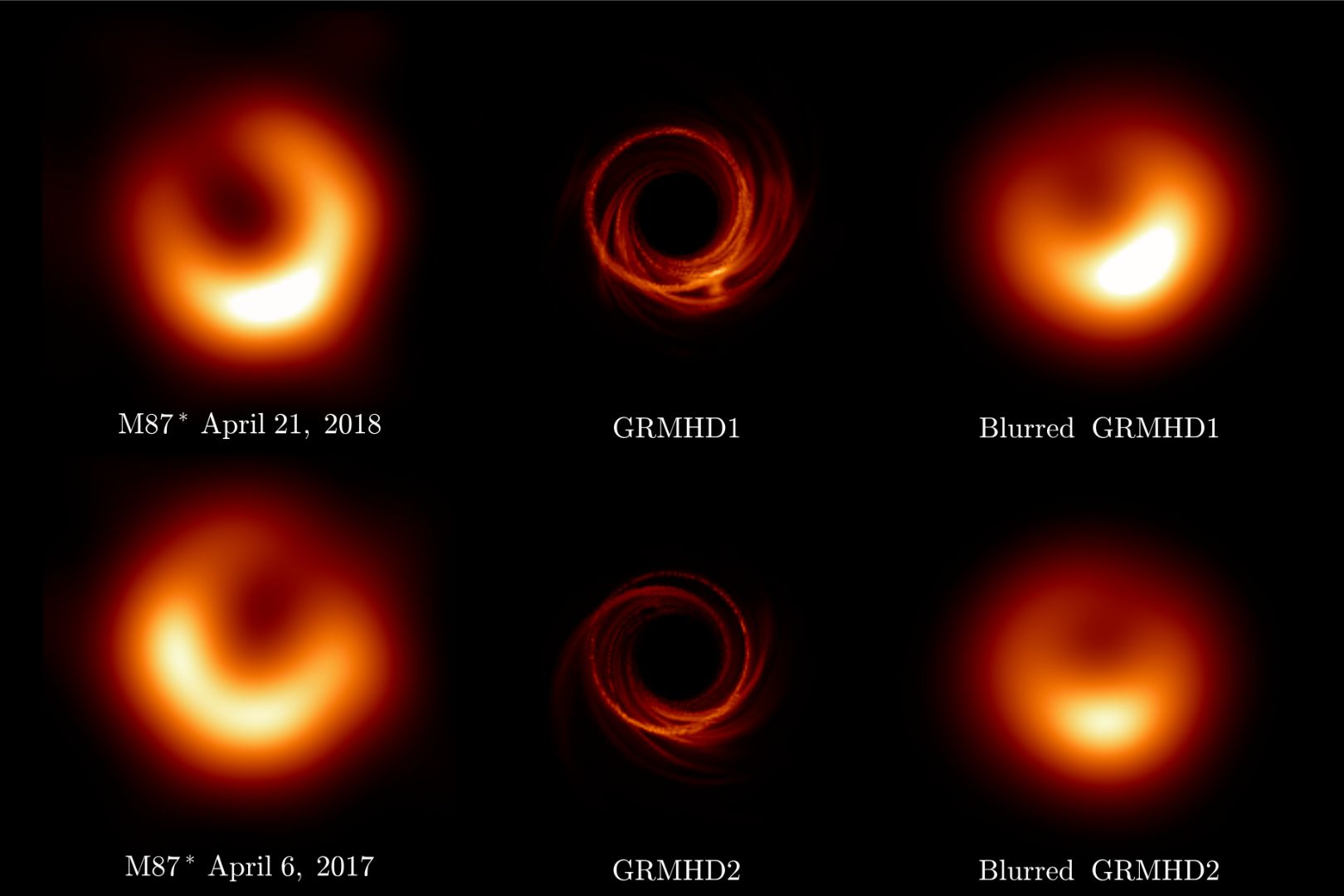
Capturing the accretion flow of M87* black hole
22 January 2025
Read more Capturing the accretion flow of M87* black hole